How 4 Tech Giants Created the Digital Marketing Industry as We Know It

In the digital marketing industry, you adapt or you die.
That seems pretty stark, but in a business where things change as quickly as they do in digital marketing, that’s the choice that you face. What was successful marketing strategy two years ago is an ancient memory today. Constant flexibility is necessary, or you will watch your digital marketing efforts waste away in a sea of changes.
Last year, Google made 3,200 changes to their search system. That’s an average of 8 changes per day.
Digital marketing industry guru Search Engine Land lamented “As Google continues to make changes, web sites must continue to improve to gain and maintain rankings in Google.” Nothing truer has ever been said.
Think of it like this: In front of you is a journey to marketing success. It’s full of pitfalls, quicksand, and quagmires. Along the way, you’ll get lost. You’ll be frustrated. You’ll fall down. You’ll learn that trying to (metaphorically, of course) march through a swamp in desert gear isn’t going to work out very well. What makes a successful marketer is the willingness to change. Your not going to change the landscape of the digital marketing industry, but you should absolutely let it change you.
The Evolution of the Digital Marketing Industry
In the last 30 years, digital marketing has changed as quickly as technology has. The term was first used in the 1990s to describe the need for a web-based component in traditional marketing campaigns. From there, the tides have turned away from the digital marketing industry being a facet of marketing to being the face of marketing.
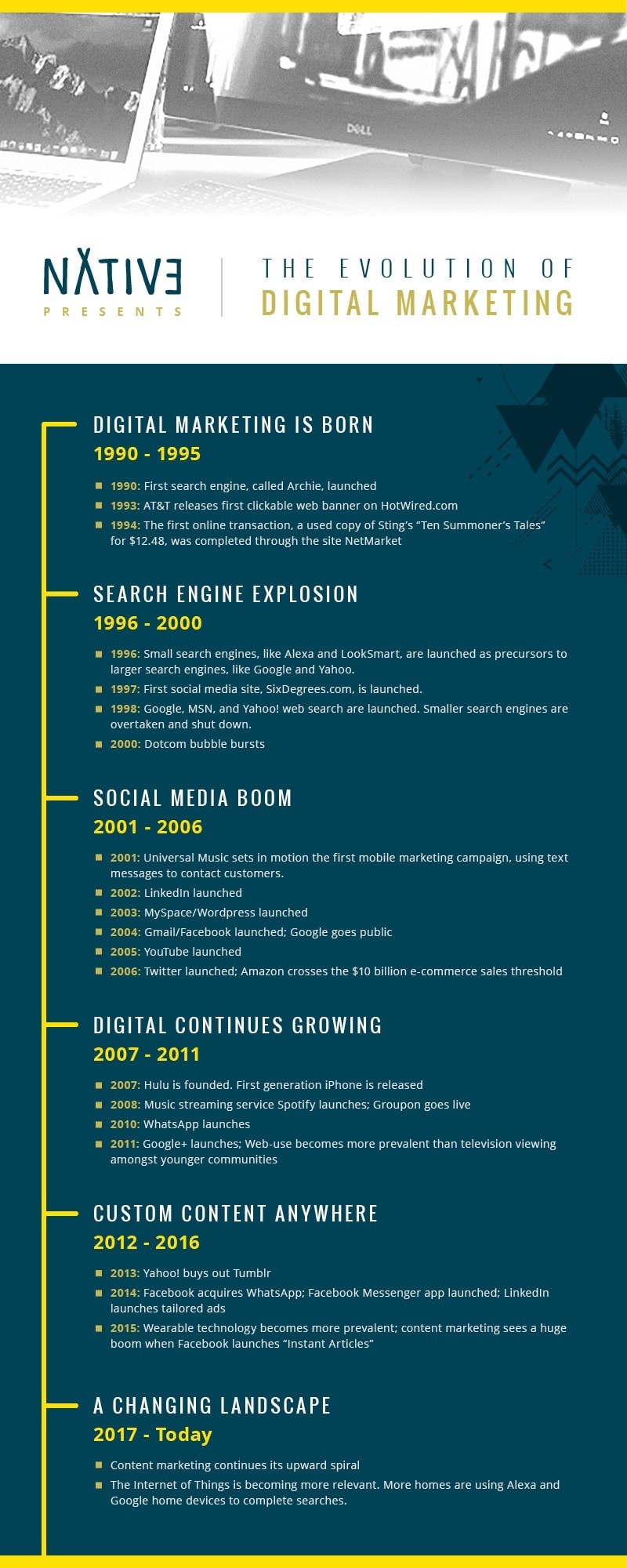
The Rise of Digital
Sending out print ads and buying television commercials just isn’t going to cut it anymore.
Pew Research’s 2017 analysis of the newspaper industry found that newspapers are getting an unexpected boost in circulation, but ad revenues are continuing to fall, from $50 billion in 2006 to less than $20 billion.
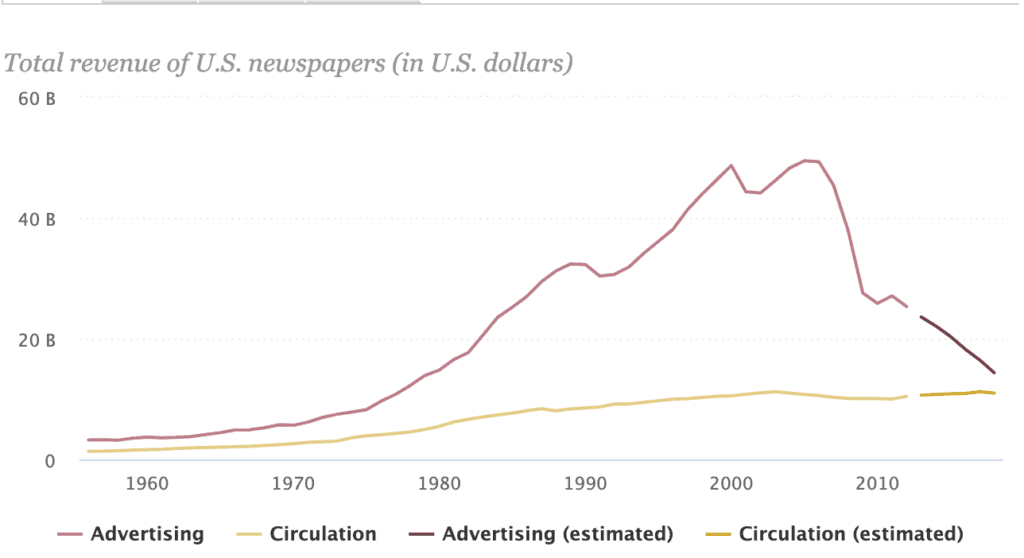
Consulting firm informtv reported in May 2019 that cable is losing 14,000 American subscribers every single day. Meanwhile, streaming services like Netflix are only growing, topping out at 60.1 million subscribers in the second quarter of 2019.
Axios reported in 2017 that Google and Facebook have more ad revenue than all global print and radio industry revenue combined.
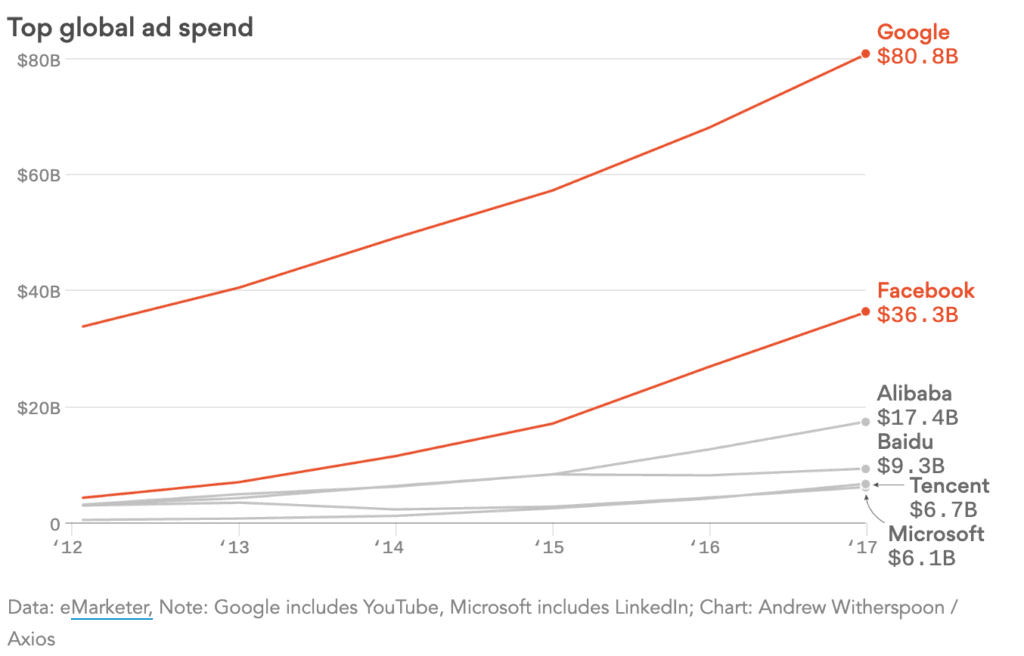
The digital marketing industry is here to stay. For nearly 30 years, trends have continually ticked upward, consistently booting other forms of advertising to the curb.
So, what does it take to be a success in the modern marketing landscape?
At the Feet of Marketing Giants
Looking back at the timeline of digital marketing history, we see the same major contenders standing out: Google, Microsoft, Apple, and Amazon. While other websites have come and gone, these leaders in the digital age have stood the test of time, and seen huge growth in their lifetime.
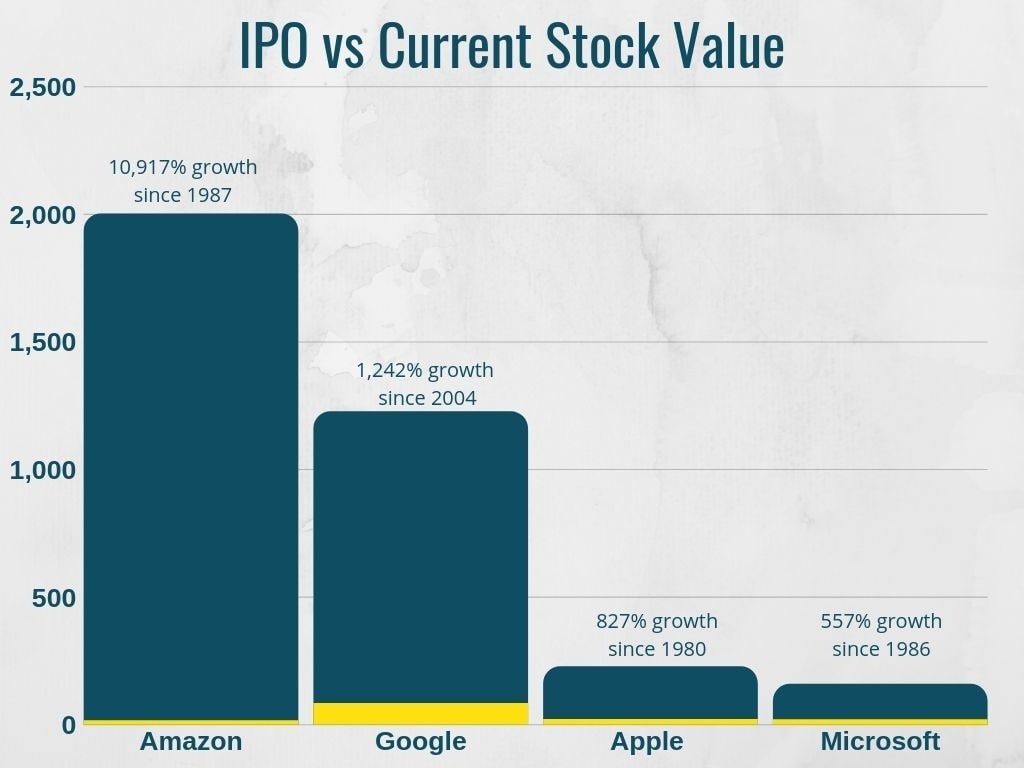
That growth did not come easily. All of these companies demonstrate creativity, flexibility, and a certain je ne sais quoi that is unique to their brand. Let’s dive in.
Amazon
On July 16, 1995, a new online bookstore opened. Founder Jeff Bezos found fast success. In just one month, his new company had shipped to every US state and 45 countries across the world.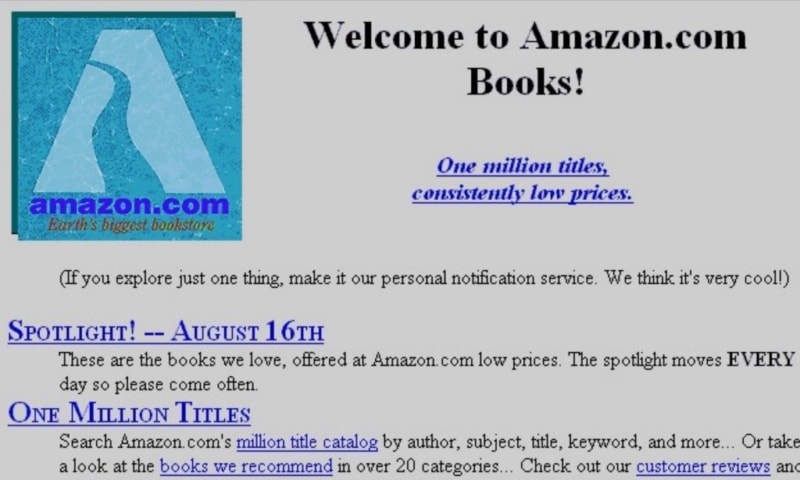
In the beginning, Bezos himself was assisting in the packaging and shipping of books. By the end of 1996, they had made $15.7 million in revenue. In 1997, when the IPO was announced, public offerings earned the company an additional $54 million.
By 1999, Amazon had sold 20 million items to people in 150 different countries. That same year, Time named Jeff Bezos Person of the Year.
We all know the rest of the story. As technology grew, so did Amazon. When eReaders became popular, they launched the Kindle. As online streaming expanded, Prime video launched. With the advent of the voice assistants came Alexa. Online commerce has boomed, and Amazon has kept up at an alarming pace.
Today, Jeff Bezos in the richest man in the world, with Amazon’s current market value listed at $969 billion.
Amazon is the paradigm of effective digital marketing. They keep a constant pulse on their demographic segments, creating a tailored Amazon experience that caters directly to a customer’s specific needs.
If there’s one experience that’s synonymous with the use of the Internet, it’s Googling something. When people talk about top-of-mind marketing, there’s no better example than the world’s most famous search engine. Its impact is so huge that it has become its own verb. Google is the thought leader in the marketing industry, acting as a harbinger of changes to the marketing landscape. When Google’s newest algorithm says “Jump,” every online business that values their digital presence says “How high?”
Google began as a research project for Stanford students Sergey Brin and Larry Page in 1996. The initial intention was to research and catalog the manner in which the internet linked back to a particular webpage. It was during this time that the two graduate students developed the fledgling version of page ranking that we know today. Their research showed that page rankings made for a better search engine than the historically used algorithms.
Initially, the site was intended to allow users to search the Stanford information databases, but its secondary function was searching the web.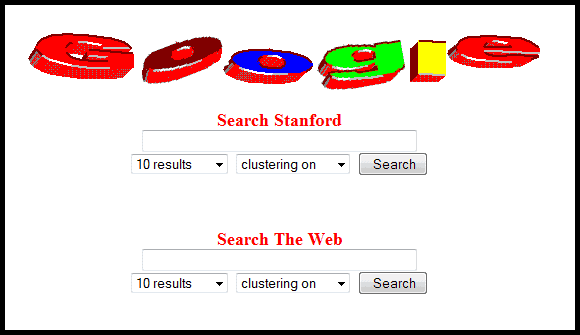
Sun Microsystems co-founder Andy Bechtolsheim was interested in seeing the capabilities of the search engine and invested $100,000 in the company to help Brin and Page fund further development.
By 1998, Google was up and running from a Menlo Park garage. Interestingly, this was also the year that the first Google “Doodle” was released, with the logo letting users know that the young men were not “manning the systems,” as they were attending the Burning Man festival.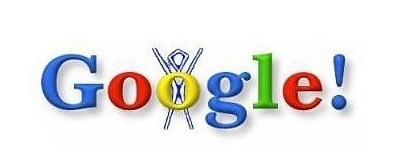
The advent of the new millennium saw Google’s introduction of AdWords, a program that allowed users to create their own online campaigns ad campaigns. This was the first program of its kind, wherein small businesses and individuals across the web could help their product be seen without the need to hire marketing management firms.
As emailing and transnational business became more popular, Google stepped in with Gmail in 2004. When YouTube was blowing up, Google bought it out in 2006. When smartphones hit the scene, Google introduced Android in 2007.
There hasn’t been an advancement in the technology age that Google didn’t have their fingers in. Reflexiveness and creativity has always been the name of the game, allowing Google to make its rapid climb to the throne as the #1 search engine used worldwide.
Apple
When we talk about branding and marketing, few brands are more ubiquitous than Apple. Their status as the top-of-mind brand when we think about technology was a bravely fought battle. Armed with creativity and a willingness to step outside of the box, Apple shows the world what marketing is all about.
Founded in 1976 by college dropouts Steve Jobs and Steve Wozniak, Apple Computers, Inc. got its start in a time when home computers weren’t obtainable yet. The Steves (or Steve Squared, as we like to call them), set out to change that. They wanted to build a computer that could be found in homes and offices across the world.
Like all great things, the business kicked off in a garage. The Apple I computer was built and sold right next to dusty Christmas decorations and Grandma’s photo albums. These OG computers did not come with a monitor, casing, or keyboard until the introduction of the Apple II in 1977. This also brought with it the first use of color graphics on a computer. By 1980, Apple Computers, Inc. was doing $117 million in sales.
When Jobs left the company in 1985, he had already created a self-sustaining legacy. He went on to found NeXT Software and purchase Pixar, but not before creating a partnership with flagship desktop publishing company Adobe. At the time, they were small, but Jobs saw big potential in their creation of the PDF.
Jobs stayed out of Apple’s way until 1997. The Board of Directors decided it was time to get serious with their marketing and development efforts, so they bought out NeXT and invited him back to act as an interim CEO.
Like magic, Apple was suddenly greater than the sum of its parts. The introduction of the iBook, iPod, and iTunes changed the face of media consumption forever. In fact, iTunes and iPods quickly became even more profitable than Apple computers.
Looking at the history of Apple, we see that a major piece of their success was their ability to creatively market.
The first logo represented Isaac Newton sitting under an apple tree with the phrase “Newton… A Mind Forever Voyaging Through Strange Seas of Thought… Alone.” Obviously, this is a far throw from the starkly minimalist appearance of the Apple brand we know today. The company decided that same year to keep things a little more simple.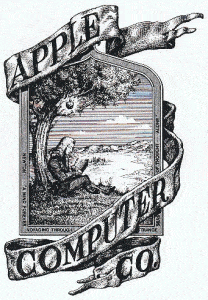
Like a bright beacon in the night came the rainbow apple. This served as a precursor to one of the most recognizable logos in the history of marketing.
Designers say that the bite from the Apple was meant to help people understand that the logo was an apple, not a tomato. It also served as a geeky play on the word “byte.” The rainbow was meant to represent the first color graphics display in the history of personal computing.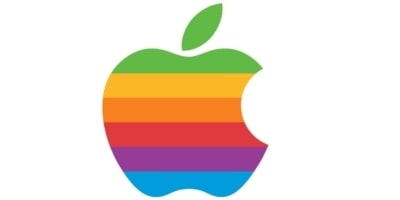
This was also the first time that Apple provided stickers with their products. Suddenly, Apple logos were everywhere. This small investment acted as free advertising for a brand that knew what smart marketing looked like.
By 1998, rainbow was out and minimalist was in. Apple’s sleek, elegant design played in sharp contrast to the bright and clunky Microsoft branding scheme, offering users something aesthetically pleasing to accompany their computing experience.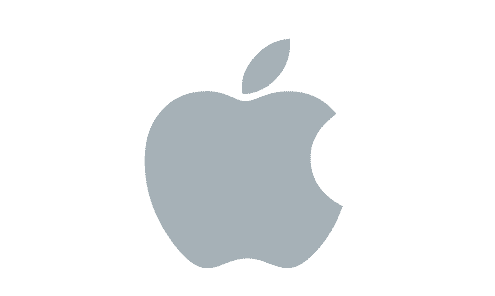
Apple’s brand is the perfect example of how responsive marketing makes all the difference. When we think about tables, we think about iPads. When we think about music players (or music in general), we think about our iPhones and iTunes. MacBooks are the envy of every blossoming digital artist and entrepreneur looking for a fast and friendly way to do what they love.
When it comes to marketing prowess, Apple is the ultimate archetype.
Microsoft
High school friends Paul Allen and Bill Gates often found themselves skipping class to work in their school’s computer lab. They wanted to understand everything about them, from the mechanics to the code. While still in. high school, Gates and Allen opened their own small computer company, going so far as to sell a computer to the city of Seattle meant to automatically count vehicles on the road.
This early love for anything with a. microchip came to fruition in 1975, when the Altair 8800 was released. This microcomputer was small enough to be used in the home, but required technical skills that were out of reach to the average user. Together, the men developed a version of BASIC programming code, which would be more accessible to everyday buyers.
After their success in selling their programming software, Gates and Allen decided to open their own software company on April 4, 1975. By 1977, they had opened an office in Japan and moved from Phoenix to Portland, where they incorporated.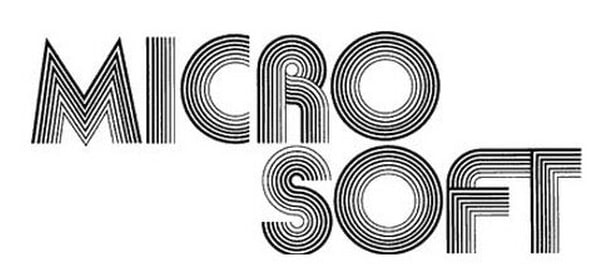
What began as a fundamental software in the home computing world soon blossomed into a field of products that made the everyday use of personal computers possible. The 1983 release of Microsoft Windows quickly made Bill Gates a millionaire, as it allowed users an even more accessible user interface.
As home offices and computer-centered work became more prevelent, the company saw the need for an all-in-one suit of powerful tools. From that need, Microsoft Office was born. Leading the charge for accessible internet access was Internet Explorer, which at the time was the only way for someone outside of a university or other specialized network to access the web.
Microsoft even found itself leading the pack in home gaming, following the cues of Nintendo, PlayStation, and Sega to create the Xbox, which continues to stand its ground as a fierce competitor in the console gaming arena.
Microsoft continues to outpace Mac in sales, with 2017 figures noting that Windows 10 sells four times as many personal computers than Apple. What started as a bid to create an accessible user experience for home computing still drives Microsoft today. Their products are still competitive with a lower price point.
Digital Marketing is the Heart of Brand Success
What do all of these companies have in common? A constant drive to be at the head of the digital world.
Amazon, Google, Apple, and Microsoft are at the top of everyone’s mind when it comes to technology development, mixing their unique marketing with iconic top-of-mind branding. At the heart of it all is digital marketing.
Without an online presence and a firm grasp on the ways that their demographics interact with the web, there’s no guarantee that these major brands would have continued to see success. They didn’t drag their feet and insist that digital was too difficult. They embraced the challenge to meet their customers where they were: online.